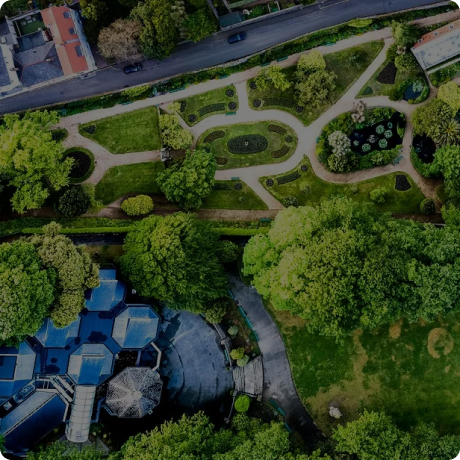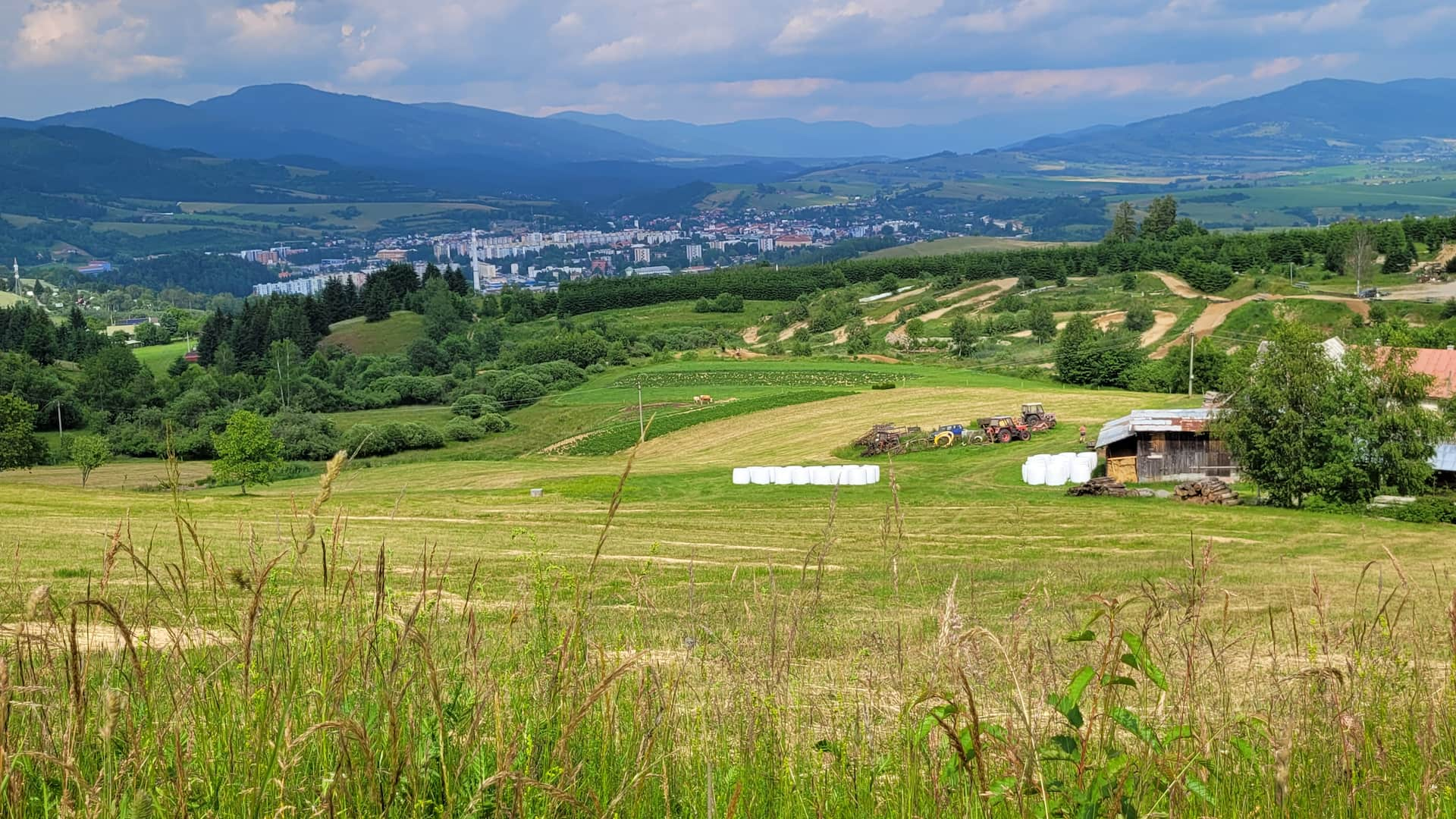
Carbon footprint and life cycle assessment (LCA)
Do you have any questions?

Ing. Jiří Jedlička, Ph. D.
4 advantages of this service
What is Carbon footprint calculation and LCA
How can we help you?


What this service includes:
What output can you count on?
5 t CO2
2 t CO2
1,5 t CO2
53 %
53% of companies


Ready to help
in the public and private sphere
Get back to me. I'm here for you.

Ing. Jiří Jedlička, Ph. D.


FAQ
How long does the whole process of calculating the carbon footprint take?
o The process of calculating the carbon footprint is individual, highly dependent on the size and type of the business/community and the supply of the necessary documents.
What are the options for reducing emissions and achieving carbon neutrality?
The most commonly considered solutions include switching to renewable energy sources, more efficient use of fuel and energy, reducing energy consumption, optimising logistics and reducing waste and sequestering carbon in the soil. In addition, planting trees and offsetting emissions through carbon offset projects.
What are the steps in developing a decarbonisation strategy?
o Analysis of current emissions.
o Setting decarbonisation targets and an action plan.
o Implementation of measures (direct, indirect) related to decarbonisation.
o Monitoring and reporting on progress.
What international standards and norms are used in the calculation?
o ISO 14064 for the quantification and reporting of greenhouse gas emissions.
o ISO 14040/14044 for LCA rules.
o GHG Protocol for corporate accounting and emissions reporting.
What is the process for calculating the carbon footprint for a company or product?
1.) Data is collected on emissions-related activities (energy and fuel consumption) and the main sources of emissions are identified.
2.) Use of emission factors to convert activities into GHG emissions.
3.) Summary and analysis of results
What is the difference between LCA and carbon footprinting?
The LCA method assesses the complex environmental impact of a product throughout its entire life cycle (from production to disposal), including emissions, material and water consumption, etc… All impact categories are taken into account. The carbon footprint measurement covers only one category of environmental impact and those are greenhouse gas emissions.




Interesting topics to your e-mail
Kdo tuto službu využil
















